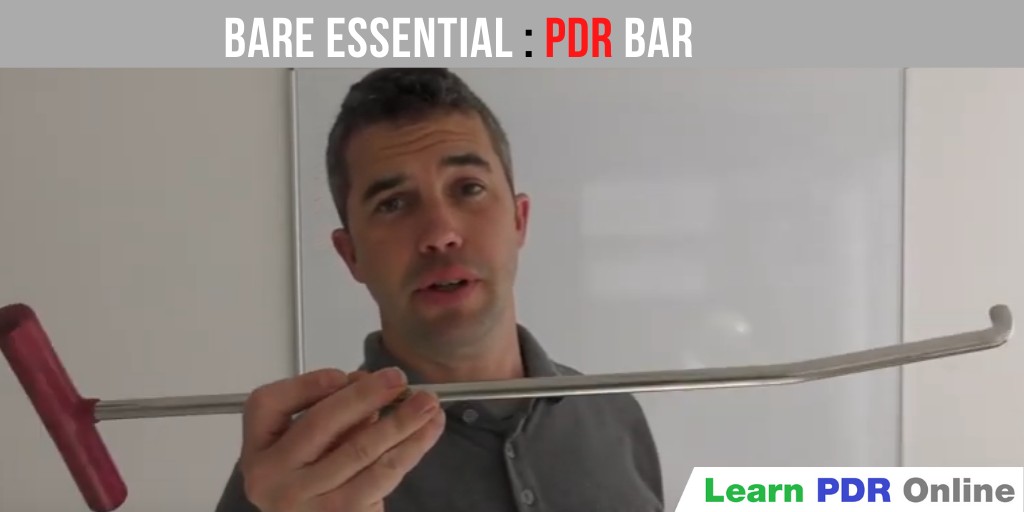Learning paintless dent removal (PDR) can seem daunting, but with the right tools and guidance, you can master this valuable skill. This guide outlines the essential equipment and training resources you’ll need to begin your PDR journey. We’ll cover the core tools, their functionality, and approximate costs to help you get started.
Essential PDR Tools for Beginners
Starting with the right tools is crucial for successful PDR learning. Here’s a breakdown of the must-have equipment:
PDR Dent Removal Rod
A 26-inch PDR rod with interchangeable tips (approximately $75) is a foundational tool. Its slight bend provides leverage, reducing strain on your arms. The interchangeable tips (around $40 for a variety) allow you to adapt to different dent types and sizes, making this tool incredibly versatile. A “dent craft” tip with a small red cap is particularly useful for beginners learning to remove minor dents. Softer, wider tips are beneficial for larger, shallower imperfections.
Dent Reaching Tools: Hooks and Hangers
Accessing dents in various panel locations often requires specialized tools. An ‘S’ hook and O-ring (approximately $10) allow you to leverage existing holes within car panels, like those found in bonnets (hoods). You can hook the ring onto these holes and insert your PDR rod through the ‘S’ hook to gain access to the dent from behind. For a more professional setup, a dedicated dent hanger (around $25) offers similar functionality with enhanced stability.
Knockdown and Tap Down Tools
Addressing high spots and minor imperfections requires precise tapping. A multi-head 4-in-1 hammer (approximately $18) and a tap down tool (around $10) work in tandem. The hammer provides controlled force, while the tap down, often made of metal, nylon, or plastic, allows for precise impact on specific areas. As your skills progress, experimenting with different hammer weights and tap down materials will refine your technique.
Line Board and Mount
A line board and mount (approximately $120) are essential for accurately assessing dent depth and curvature. This reflective surface with precise lines helps you visualize the dent’s contours and track your progress as you work. While fog boards are an alternative, line boards are often preferred by beginners for their clear visual feedback. Adding an LED light source to your line board can be especially helpful in dimly lit work areas.
PDR Training: Essential for Success
While tools are vital, proper training is paramount. Free online videos offer a starting point, but personalized guidance can significantly accelerate your learning. Consider investing in a structured training program, whether online or in-person, to avoid common mistakes and develop proper technique. Expert instruction can provide valuable insights, personalized feedback, and access to a supportive community of learners.
Conclusion: Investing in Your PDR Journey
Mastering PDR requires an investment in both quality tools and effective training. The tools outlined above provide a solid foundation for beginners, totaling approximately $298. While free resources are available, investing in professional training can greatly accelerate your progress and ultimately save you time and money in the long run. By combining the right equipment with expert guidance, you’ll be well on your way to becoming a skilled PDR technician.

